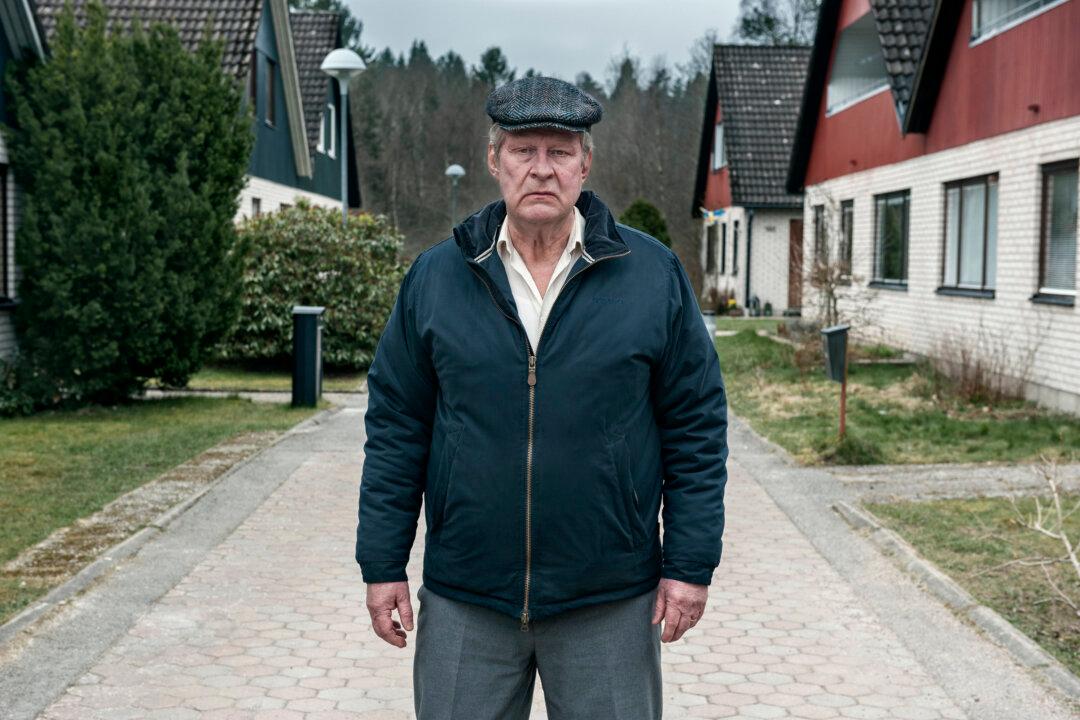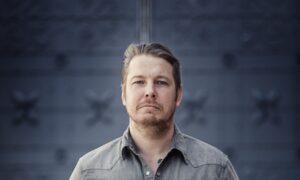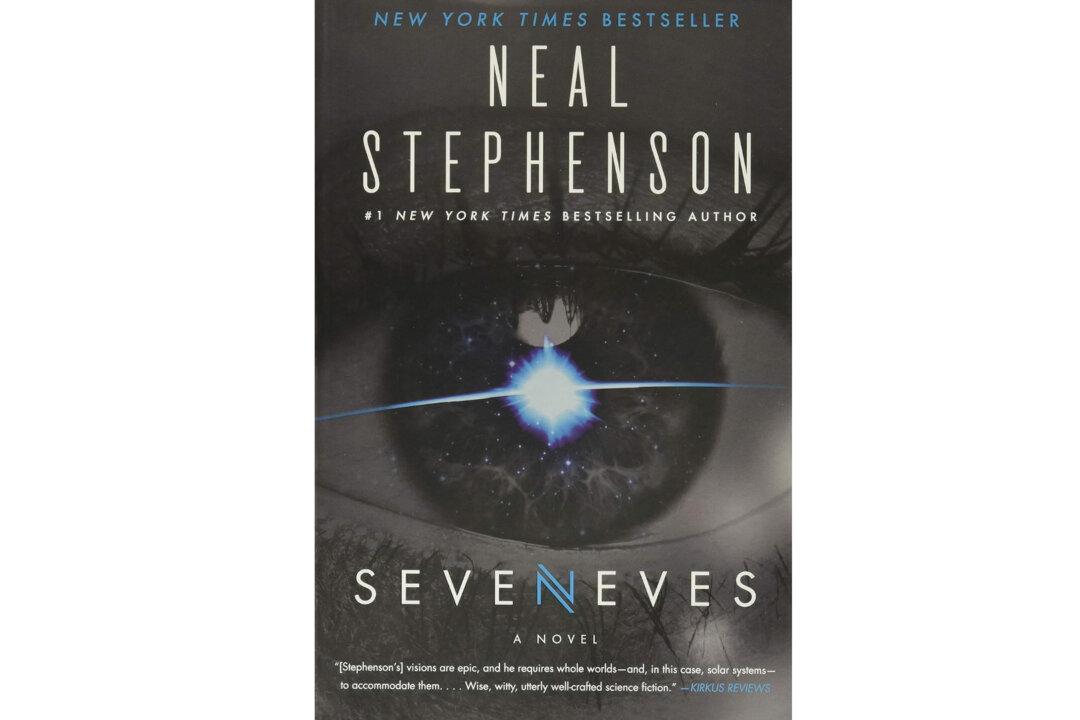Can you find a renewed sense of purpose after irrevocable loss?
Initially, Ove is portrayed as a grumpy, isolated widower, deeply entrenched in his ways after losing his wife, Sonja, six months earlier. The arrival of new, lively neighbors disrupts his quiet, ordered world and they unwittingly begin to peel back the layers of his obstinate exterior.
Through a series of revealing flashbacks, Mr. Backman tells Ove’s story, tracing the deep love, profound loss, and continual quest for purpose that have shaped him.
These insights into Ove’s past deepen readers’ understanding of his character while exploring universal themes such as the fragility of life, and the sometimes small moments that help shape our destinies. It’s an exceptionally effective narrative technique that breathes life into his character, constructing an intricate story of resilience in the face of life’s inevitable ups and downs.
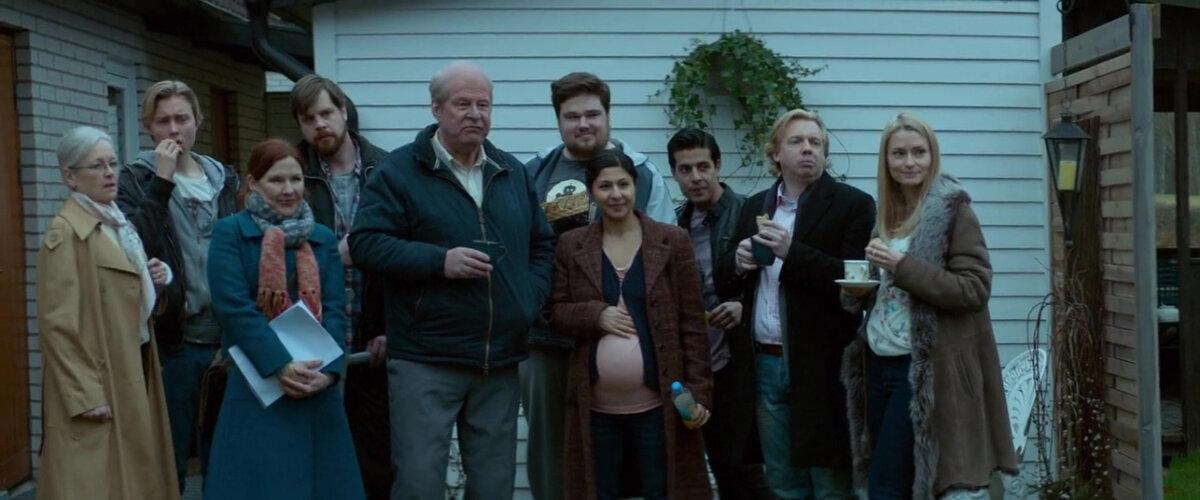
Welcome to the Neighborhood
We face Ove’s opinions early in the novel when he looks out his window and sees a neighbor jogging by. It’s not that he objects to jogging; he simply wonders, “Is it really necessary to dress up as a 14-year-old Romanian gymnast in order to be able to do it?”Ove refers to Parvaneh, who is originally from Iran and is heavily pregnant, simply as “The Pregnant One.” When Ove meets her husband, Steve, whom he calls “The Lanky One,” we learn that ”Ove feels an instinctive skepticism towards all people taller than six feet; the blood can’t quite make it all the way up to the brain.”
A particularly revealing moment in the book occurs while Ove attempts to teach Parvaneh to drive, something she feels is presently impossible.
“Now you listen to me,” says Ove calmly while he carefully closes the door. “You’ve given birth to two children and quite soon will be squeezing out a third. You’ve come here from a land far away and most likely you fled war and persecution and all sorts of other nonsense. You’ve learned a new language and got yourself an education and you’re holding together a family of obvious incompetents. … I’m not asking for brain surgery. I’m asking you to drive a car.” And then he utters seven words, which Parvaneh will always remember as the loveliest compliment he'll ever give her: “Because you are not a complete twit.”
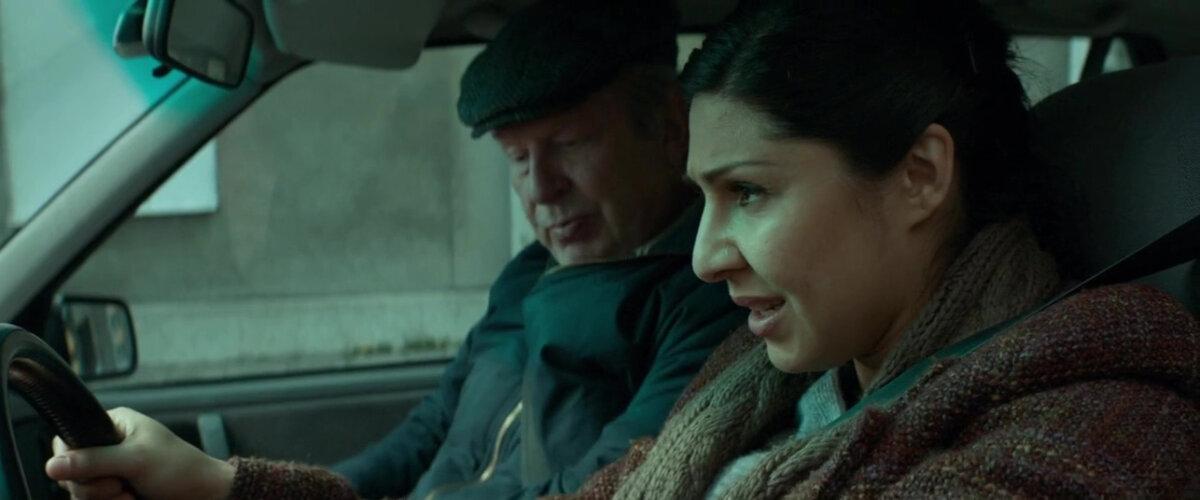
An Ideal ‘Cat’alyst
Ove attempts to impose order where he now lives, as the author reveals in flashback times of happiness and heartache where there was none. Key to this narrative is the introduction of a stray cat. The cat breaks through Ove’s tough exterior and becomes his unexpected companion.The author describes one interaction: “Ove stomped forward. The cat stood up. Ove stopped. They stood there measuring each other up for a few moments, like two potential troublemakers in a small-town bar. Ove considered throwing one of his clogs at it. The cat looked as if it regretted not bringing its own clogs to lob back.”
Quirky Journeys
“A Man Called Ove” stands out in contemporary fiction through its exploration of aging, loss, and moving beyond past sorrows. Unlike “The Rosie Project” and “Eleanor Oliphant Is Completely Fine,” which focus on eccentricities and social dynamics, Mr. Backman’s novel digs deeper into existential themes and the power of community.The novel showcases the power of second chances poignantly captured when, in a flashback, Sonja (played by Ida Engvoll in Swedish film) responds to Ove’s curiosity about her perpetual optimism: “You only need one ray of light to chase all the shadows away.”
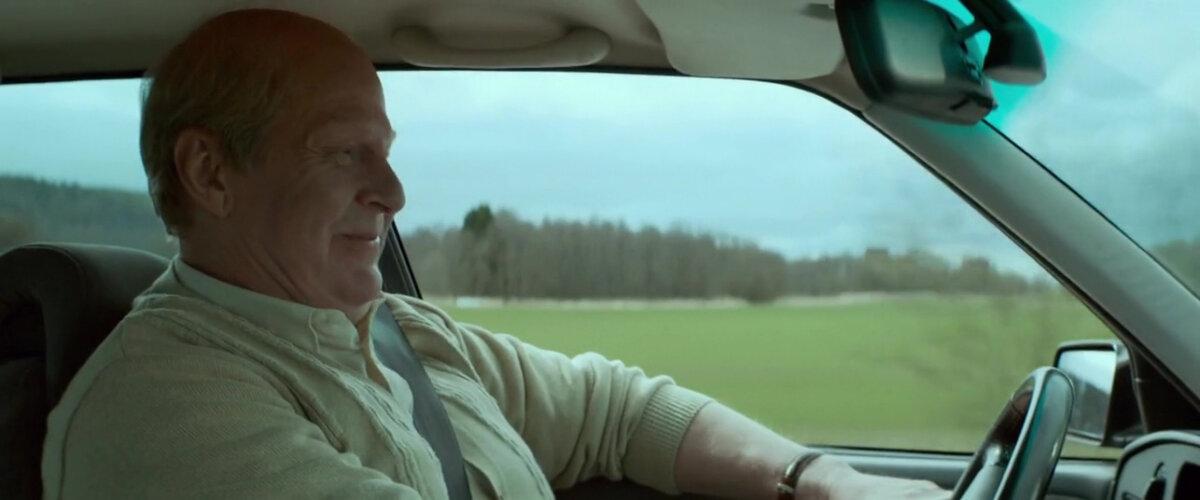
Mr. Backman’s “A Man Called Ove” was originally published in Swedish in 2012 as “En Man Som Heter Ove,” and was translated into English by Henning Koch. Having read the book in both languages, I can honestly say that Koch’s translation beautifully, and subtly, preserves the original’s essence.
I recommend this novel for anyone who appreciates storytelling that captures the essence of life’s trials and triumphs, loves beautiful moments, appreciates character growth, or seeks a treasure trove of quotable insights.

